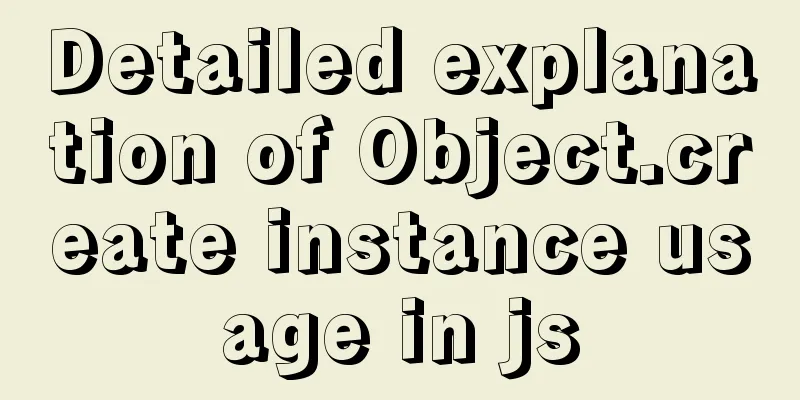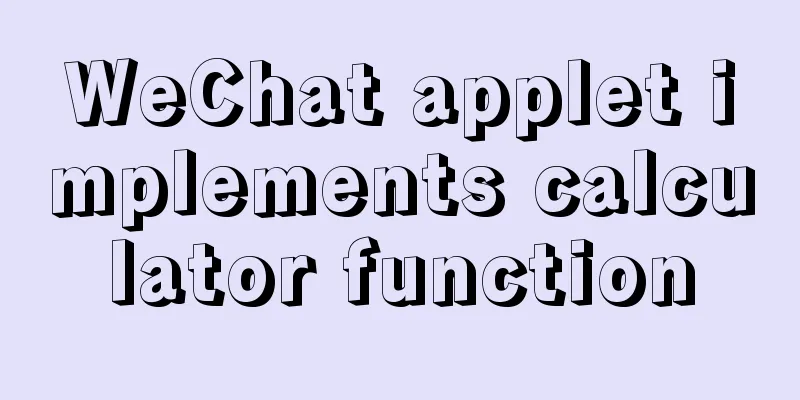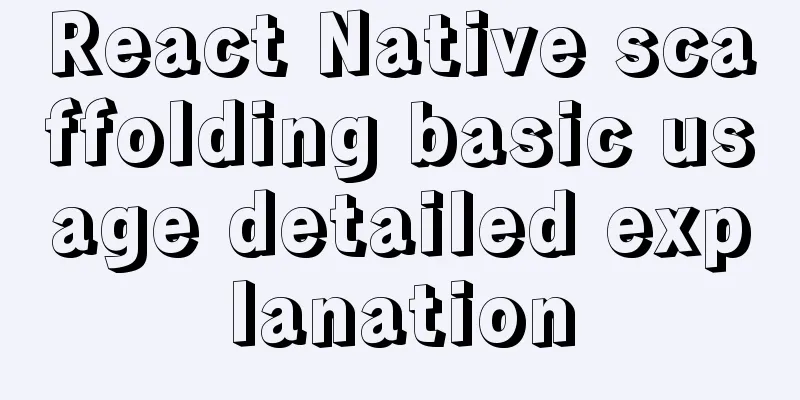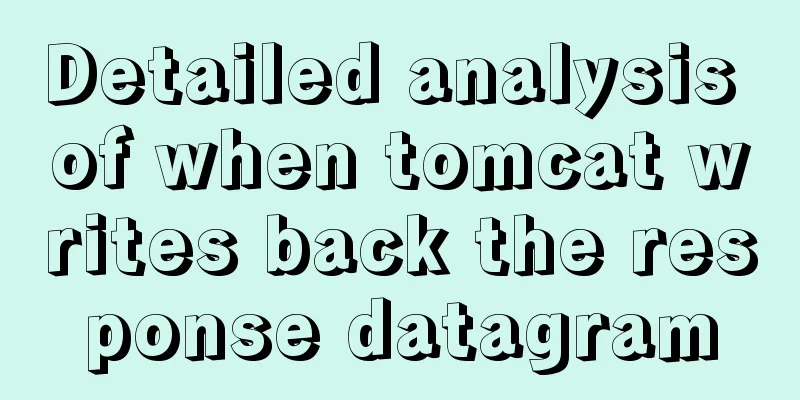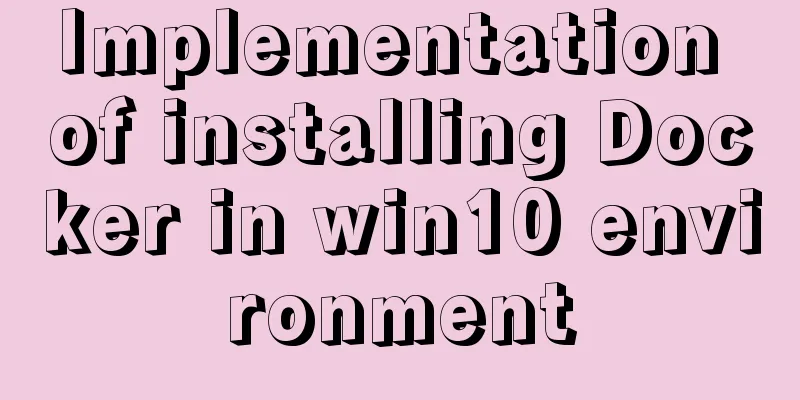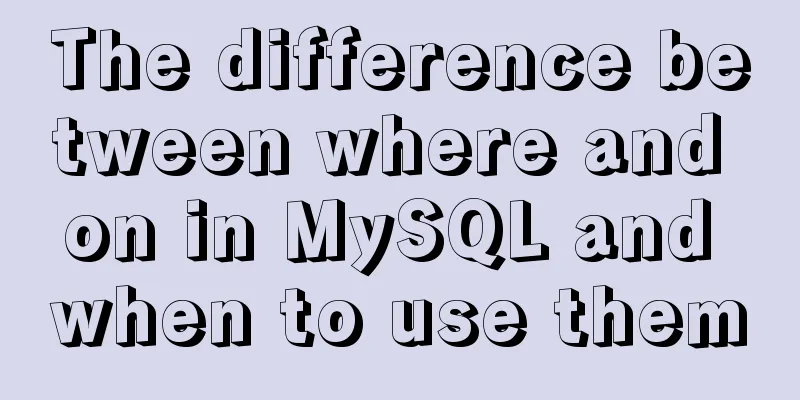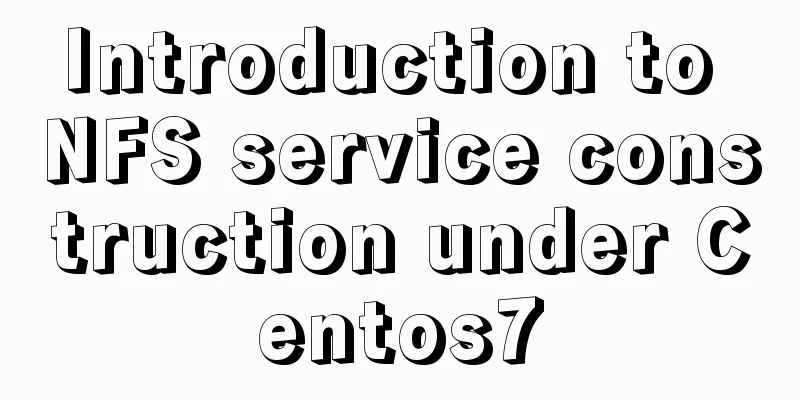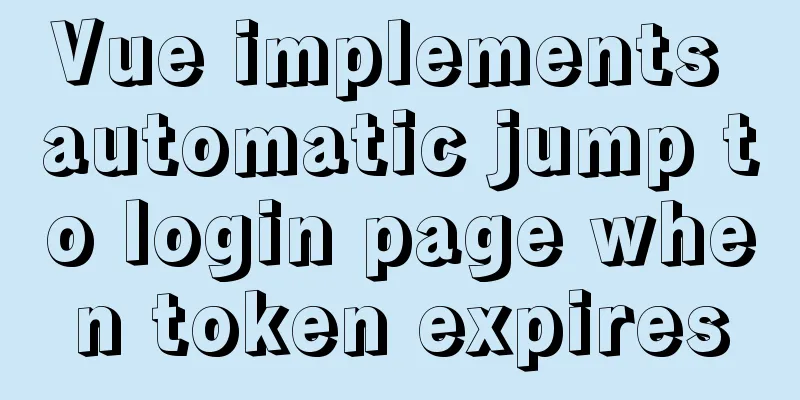Semantics, writing, and best practices of link A
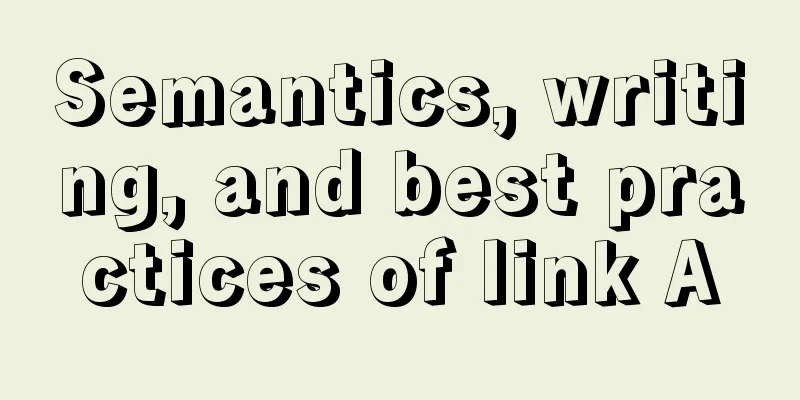
|
The semantics, writing style, and best practices of link A. I saw this topic on JavaEye and the discussion was quite interesting so I couldn't help but join in. Semantic thinking First of all, links a and buttons button have semantics and cannot be replaced just for convenience of use. a is the abbreviation of anchor, which is an anchor point used for navigation or positioning. Typical usage is: <a href="http://www.w3c.org/">W3C Web Site</a> <a name="anchor-one">This is the location of anchor one.</a> <a href="#anchor-one">Link to anchor one</a> You can also specify the name and href attributes at the same time. This is basic knowledge. If you have any questions, please refer to the HTML 4.01 specification. Let’s talk about buttons (including button and <input type="button/submit" />). Semantically, the button is part of the form, and the action it triggers is related to the form. If there is no form action at all, then a button should not be used. Here are some examples:  The above picture shows some links. Although they look like buttons, they are semantically a. The display and sort buttons in the above picture are the operation forms. Semantically speaking, button or input is more appropriate. (Note: Taobao search results page currently uses a, this is for progressive enhancement considerations, which will be mentioned below) In short, links and buttons have their own semantics and usage scenarios, and cannot be interchanged at will. The world of writing analysis is never that simple. In today's Web world where JavaScript is in full swing, link a is often used to trigger js events: <a href="" onclick="something()">test 1</a> <a href="#" onclick="something();return false">>test 2</a> <a href="javascript: void(0)" onclick="something()">>test 3</a> <a href="javascript: void something()">>test 4</a> First of all, the first way of writing is problematic in IE because IE will automatically complete the href. The second way of writing directly blocks the default event in the onclick event, so the # in href="#" can actually be any value. The # is used to consider staying on the current page after clicking when there is no js (Note: when a is below one screen, this writing method will cause the page to scroll back to the top). The third way of writing is that the href value is a javascript pseudo-protocol, and void is a unary operator in javascript (such as !, typeof). The function of the void operator is to execute only the following expression without returning any value. It seems that void(0) prevents the default event. In fact, the following expressions are all correct: <a href="javascript: void(1)" onclick="something()">>test 3</a> <a href="javascript:;" onclick="something()">>test 3</a> <a href="javascript:" onclick="something()">>test 3</a> <a href="javascript: return true" onclick="something()">>test 3</a> Because the default operation of a is the content of the javascript pseudo-protocol, adding void or not will not trigger other events. (Note: In Opera, when there is a return value in the pseudo-protocol, href will be changed, so we usually write void(0) or an empty statement) After understanding the third way of writing, the fourth way will also be clear: href="javascript: void something()". One "advantage" of this way of writing is that when the mouse hovers, the user can see the function to be executed through the status bar. This may be a benefit for developers, but will it really increase trust for ordinary users? Or is it a sense of fear? Without data, no conclusion can be drawn. In addition to the above writing method, another recommended writing method is to add a hook to a through class or id, and then add events through the hook in js. Reflection: I don't want to discuss which of the above writing methods is the best. Let's think about the origin of the problem: Why do we use a to trigger js events? The reasons I can think of are:
It can be seen that apart from the floating style, there is no substantial reason. Let's put aside the style issue for a moment and look at an example: The above is the operation bar of Google Reader. If you are interested, you can use firebug to check it. The markup used is:  The hover style of the mouse is not a problem at all:  Just add cursor: pointer in css. From the above example, we can draw a conclusion: if it is just to trigger a js action without any navigation or positioning semantics, span or other appropriate tags can be used. There is no need to use a incorrectly (using a will cause trouble: first, the default event will be removed, and second, the information in the status bar will confuse or even scare ordinary users). Of course, if it is a link itself, and you just want to add some js logic before navigation, or apply it to form sorting, from the perspective of progressive enhancement, the best practice is to write the full href value to ensure usability even in browsers that do not support js. Best practices are not a summary or a final word. Best practices are just a set of principles that you should think about before writing code:
Code has life, the kingdom of tags is a zoo, familiar with them, everything is cute. |
<<: A detailed introduction to the Linux directory structure
>>: Getting started with JavaScript basics
Recommend
Additional instructions for using getters and actions in Vuex
Preliminary Notes 1.Differences between Vue2.x an...
MySQL/MariaDB Root Password Reset Tutorial
Preface Forgotten passwords are a problem we ofte...
Detailed explanation of MySQL cluster: one master and multiple slaves architecture implementation
Experimental environment: 1. Three CentOS 7 serve...
MySQL 8.0.11 Installation Tutorial under Windows
This article records the installation tutorial of...
Distributed monitoring system Zabbix uses SNMP and JMX channels to collect data
In the previous article, we learned about the pas...
Summary of scientific principles and suggestions for web design and production
<br />In the field of network design, resear...
Detailed explanation of the 4 ways to import CSS files: inline, inline, external, and imported
CSS import method - inline Through the style tag ...
XHTML tutorial, a brief introduction to the basics of XHTML
<br />This article will briefly introduce yo...
SQL optimization often makes mistakes, that's because you don't understand the usage of MySQL explain plan
Table of contents 1. Preparation 2. Introduction ...
Top 10 Time-Saving Tips to Shorten Web App Development (Graphical Tutorial)
In today's development environment, fast is b...
A pitfall and solution of using fileReader
Table of contents A pitfall about fileReader File...
Solve the problem of using linuxdeployqt to package Qt programs in Ubuntu
I wrote some Qt interface programs, but found it ...
Vue implements a simple timer component
When doing a project, it is inevitable to encount...
Installation process of CentOS8 Linux 8.0.1905 (illustration)
As of now, the latest version of CentOS is CentOS...
Detailed explanation of CocosCreator optimization DrawCall
Table of contents Preface What is DrawCall How do...
